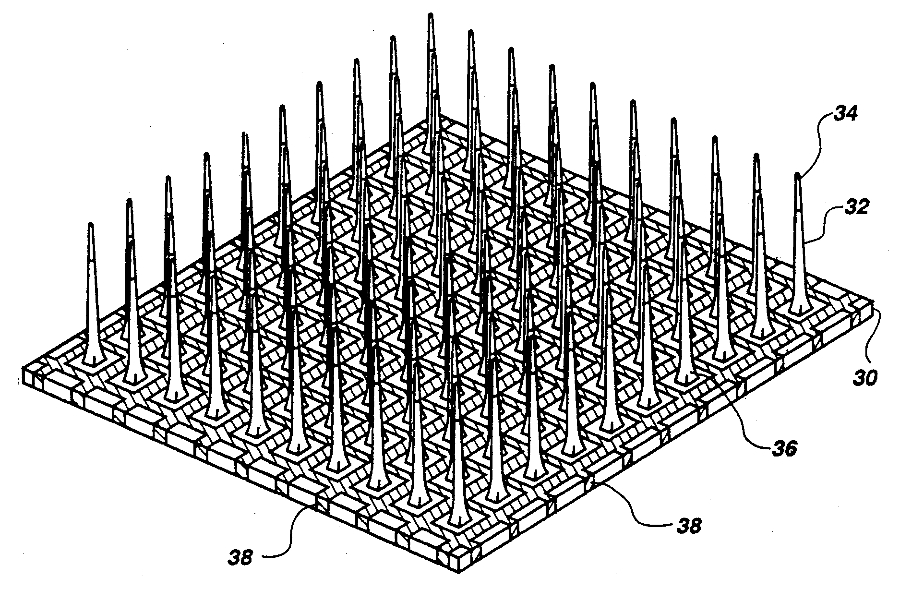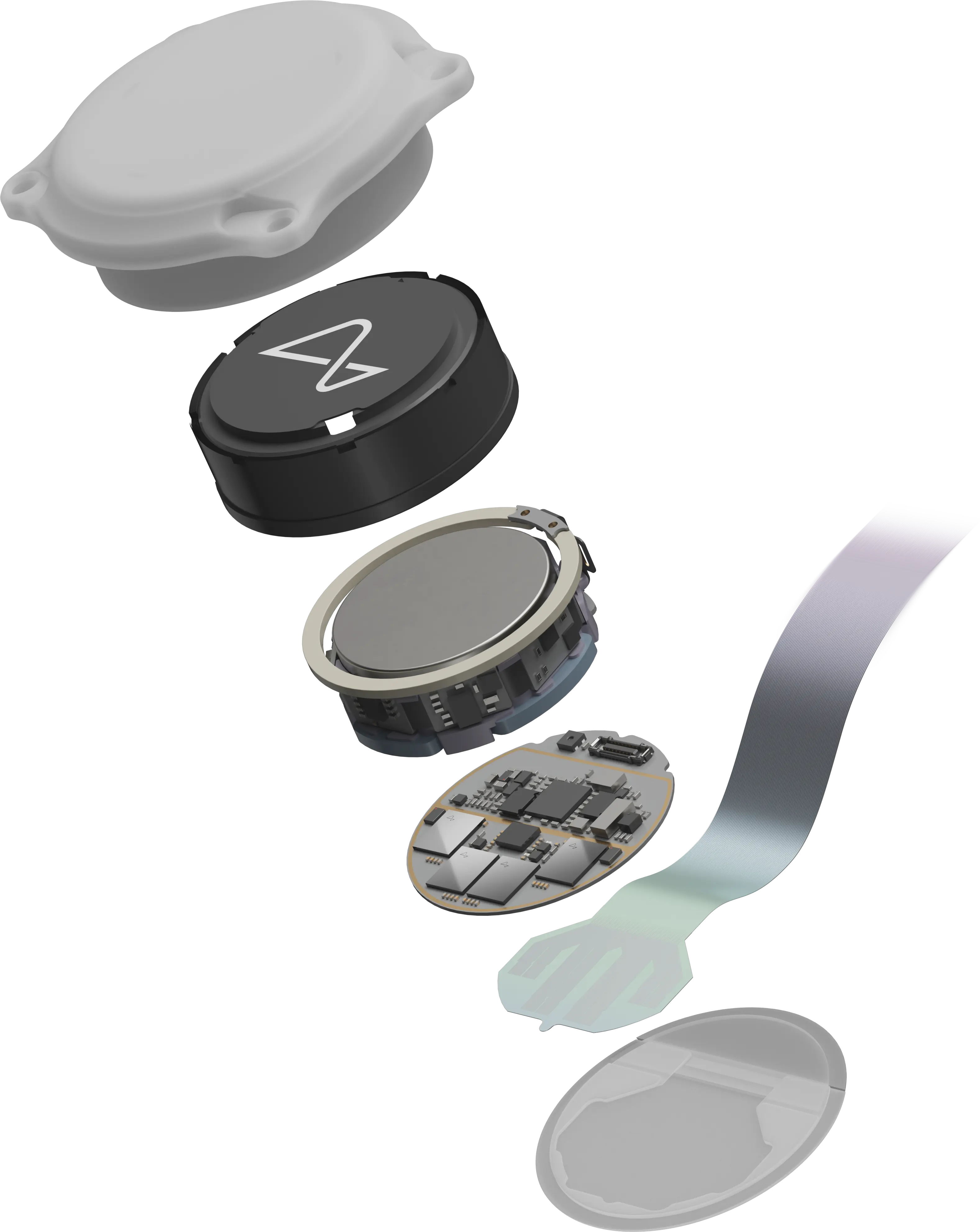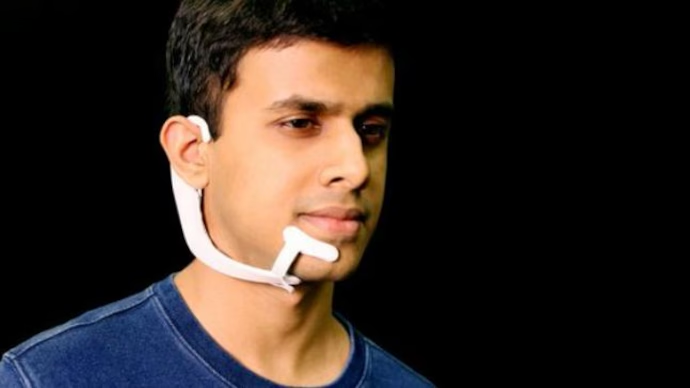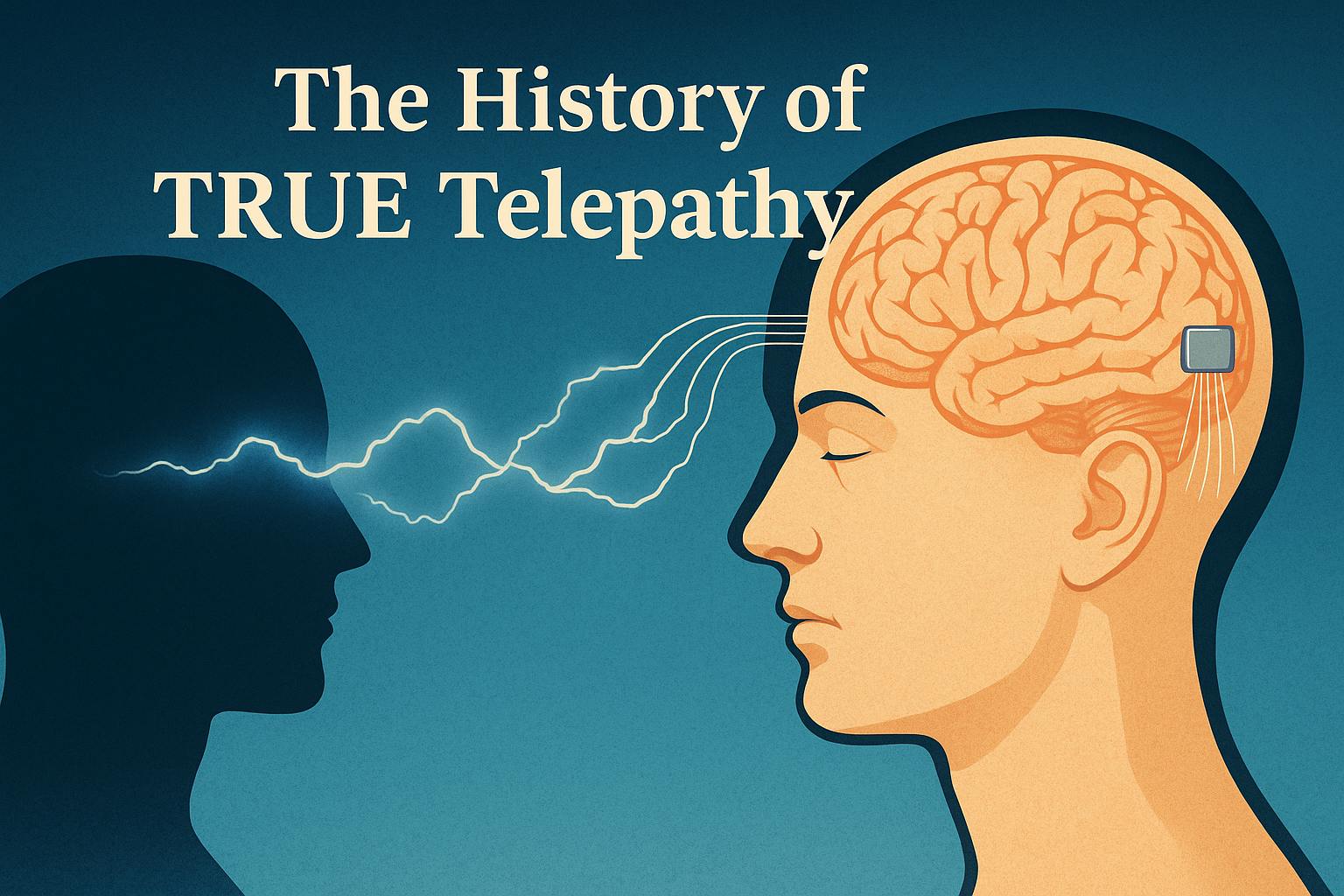In 1893, while serving in the German army, Hans Berger experienced a near-fatal accident that would forever change the course of neuroscience. His horse suddenly bolted, throwing him in front of a horse-drawn artillery carriage. The driver managed to stop just in time, sparing Berger’s life by mere seconds.
At that very moment, his sister, who was miles away at home, was suddenly overcome by a deep sense of dread — a feeling that something terrible had happened to her brother. She insisted that their father send a telegram to confirm whether he was safe.
Most people would have dismissed this as a coincidence, but Berger was not most people. Before his military service, he had studied mathematics with the ambition of becoming an astronomer and devoting his life to unraveling the mysteries of the universe. Yet this strange experience convinced him to turn his curiosity inward — toward the mysteries of the human mind.
Years later, in 1940, he described the event in his own words:
“It was a case of spontaneous telepathy, in which, at a time of mortal danger, as I contemplated certain death, I transmitted my thoughts, while my sister, who was particularly close to me, acted as the receiver.”
After returning home, Berger earned his medical degree in 1897 and devoted his life to uncovering the physiological foundations of what he called “psychic energy.” For years, he conducted meticulous experiments, seeking measurable evidence of mental activity.
Eventually, his persistence paid off. In 1924, Berger became the first person to record the electrical activity of the human brain, producing what we now know as the electroencephalogram (EEG) — a term he himself coined.
He discovered that the brain emits faint electrical signals that vary depending on a person’s state of mind — whether awake, relaxed, or asleep. Yet these signals were far too weak to account for the kind of long-distance telepathic connection he had once experienced with his sister.
Berger remained cautious, even skeptical, about his own findings. He waited five years before publishing his results, fearing that his peers would dismiss them. And indeed, his fears proved justified: the German scientific community met his work with skepticism and ridicule. Many considered him a dreamer rather than a serious scientist.
Eventually, in 1934, two British electrophysiologists — Edgar Douglas Adrian and B. H. C. Matthews — confirmed Berger’s pioneering observations. Their experiments reproduced the same characteristic brainwave patterns that Berger had recorded, providing the validation he had long awaited.
By 1938, electroencephalography had gained widespread acceptance among leading neuroscientists, and practical applications began to emerge across the United States, the United Kingdom, and France. The EEG quickly became an indispensable tool for studying brain function, diagnosing epilepsy, and understanding sleep.
So, while Hans Berger never solved the mystery of telepathy, he discovered something far more profound — a window into the living human brain.
A little more than eighty years after Berger’s death, in 2024, a new milestone in human–machine communication was reached when Noland Arbaugh became the first person to receive a Neuralink brain implant.
Arbaugh had been paralyzed from the shoulders down following a diving accident in 2016. Thanks to the Neuralink implant, however, he regained an extraordinary kind of control — not over his body, but over the digital world. Using only his thoughts, he could move a computer cursor, write tweets, play games, and even operate a robotic arm or a drone.
In a sense, Arbaugh had achieved what Berger once sought: true telepathy, and even a limited form of telekinesis — though not through psychic power, but through science and technology.
The underlying principle behind Neuralink is essentially the same as Berger’s EEG: the measurement of electrical activity in the brain. But where Berger’s instruments could only pick up weak surface signals through the scalp, Neuralink’s system detects precise, high-fidelity signals directly from neurons inside the brain. Its electrodes are microscopic, flexible, and vastly more sensitive, and the signals they collect are decoded using advanced machine learning algorithms.
Imagine standing at the edge of a vast ballroom filled with billions of people talking at once. From where you stand, all you can hear is the low hum of voices — a confusing mixture of overlapping conversations. That’s what it’s like to record brain activity with EEG electrodes placed on the scalp. You can tell that something is happening inside, but not exactly who is saying what.
If you want to understand specific conversations, you have to step into the crowd — get closer to a smaller group of speakers. In neuroscience, that means placing the electrodes directly inside the brain.
Before Neuralink, scientists already had ways to do this. One well-known technology is the Utah Array — a grid of around 100 tiny silicon needles implanted into the brain’s surface, each capable of recording the activity of nearby neurons. These arrays have enabled paralyzed people to move robotic arms, control cursors, and even restore partial sensory feedback.

But compared to Neuralink’s design, the Utah Array looks almost medieval — rigid, invasive, and relatively imprecise. Neuralink’s approach is far gentler and more sophisticated: its electrodes are ultra-thin flexible threads, each thinner than a human hair, capable of reading from or stimulating individual neurons with remarkable precision.
The Neuralink implant itself is a sleek device about 2 centimeters in diameter and 1 centimeter thick — roughly the size of a small coin. From its edges extend dozens of ultra-thin polymer threads, each about four times thinner than a human hair. These threads are delicately inserted into specific regions of the brain, allowing flexible placement of electrodes instead of the fixed grid used in the older Utah Array design.
Such precision is beyond the capability of human hands, so Neuralink uses a surgical robot capable of inserting each thread with microscopic accuracy, avoiding blood vessels and minimizing damage to brain tissue. The implant’s onboard electronics perform initial signal amplification and filtering, then wirelessly transmit the processed data to a nearby computer.
Once the device is in place — replacing a small piece of skull bone — it is completely invisible from the outside. In a sense, one could say that Neuralink is the Tesla of EEG technology: elegant, high-performance, and built on cutting-edge engineering.

But Neuralink goes beyond simply reading neural activity. It can also stimulate neurons, sending tiny pulses back into the brain. This opens up astonishing medical possibilities — from restoring vision to the blind to helping paralyzed patients regain movement by reconnecting brain signals with prosthetic limbs or the spinal cord.
Of course, not everyone is thrilled by the idea of drilling a hole in their skull and having electrodes implanted in their brain. Fortunately, there are non-invasive alternatives that bring us surprisingly close to the same goal.
One of the most fascinating examples is AlterEgo, a project developed at the MIT Media Lab and first unveiled in 2018. Now operating as its own startup, AlterEgo uses electrodes similar to those in EEG systems — but instead of being placed on the scalp, they are positioned around the jaw and the sides of the face.

The key insight is that even when we don’t speak aloud, the brain still sends faint electrical signals to the muscles responsible for speech when we “think” words internally. AlterEgo’s sensors detect these subvocal signals, allowing a computer to interpret them and translate thoughts into words — silently.
When paired with a bone-conduction earpiece, which transmits sound directly through the skull, the result is almost indistinguishable from real telepathy. You think the words you want to say, and the listener hears them — not through air vibrations, but as a voice inside their own head.
Beyond human-to-human communication, AlterEgo is also perfectly suited for interacting with AI. Imagine holding a silent, seamless conversation with ChatGPT or any other language model — not through typing or speaking, but by simply thinking.
The entire interaction happens privately, inside your own mind. You “speak” your thoughts through tiny neural signals in your jaw, and the AI’s responses are transmitted directly to you through bone conduction — as if the voice of the assistant lived within your thoughts themselves.
It’s not just a new interface — it’s a new kind of dialogue between mind and machine.
AlterEgo’s only real drawback — for now — is its appearance. The electrodes that wrap around the jaw and face look a bit strange, almost like a piece of experimental cyber-gear. Walking down the street wearing one would definitely turn some heads.
But this is a temporary limitation. Future versions may use transparent, flexible electrodes that are almost invisible on the skin. Or perhaps, as with so many technologies before, society will simply get used to it.
With thoughtful design, these facial electrodes could even become aesthetic accessories — much like face paint or minimalist tattoos. What seems odd at first might soon become fashionable. One day, seeing people with thin black neural tattoos on their faces could be as ordinary as seeing someone with wireless earbuds today.
After all, there was a time when it looked strange to see people talking to themselves on the street — before we realized they were speaking through mobile phones. Now, it’s the opposite: we’re surprised when someone doesn’t have one.
True telepathy, it seems, is now within our reach — not as a mystical gift, but as a technological achievement.
The poetic beauty of this story lies in its full circle: our journey toward artificial telepathy began with a scientist who was trying to understand the real thing. Although Hans Berger never discovered how his sister sensed his accident so many years ago, his curiosity and persistence opened the path that ultimately made such communication possible — not through magic, but through science.
Berger’s dream of connecting minds has finally begun to materialize. Sadly, he never lived to see it…









